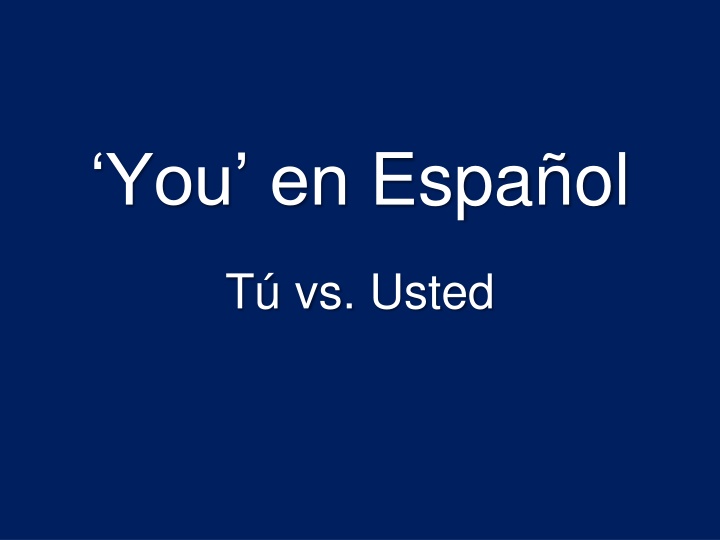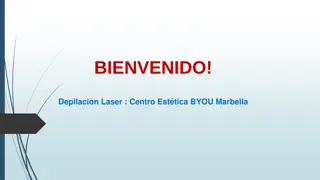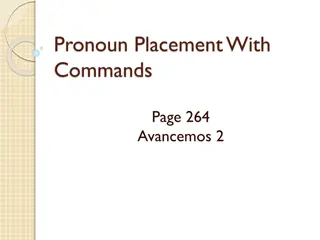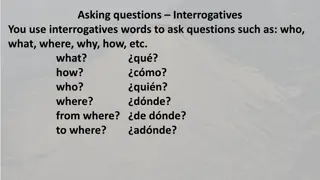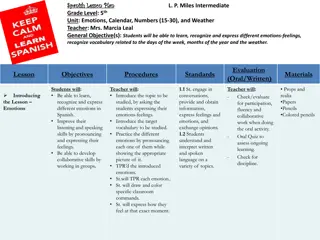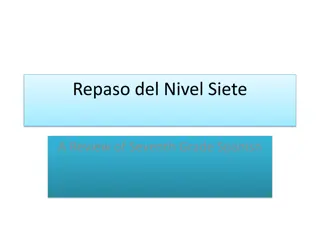T vs. Usted in Spanish
When speaking Spanish, it's crucial to grasp the distinction between "T" and "Usted" as these two forms of addressing 'you' have specific contexts and implications. "T" is informal and used with familiar individuals, while "Usted" is formal and employed with strangers or figures of authority. Selecting the appropriate form is essential to convey respect and maintain effective communication in Spanish-speaking environments.
Download Presentation

Please find below an Image/Link to download the presentation.
The content on the website is provided AS IS for your information and personal use only. It may not be sold, licensed, or shared on other websites without obtaining consent from the author.If you encounter any issues during the download, it is possible that the publisher has removed the file from their server.
You are allowed to download the files provided on this website for personal or commercial use, subject to the condition that they are used lawfully. All files are the property of their respective owners.
The content on the website is provided AS IS for your information and personal use only. It may not be sold, licensed, or shared on other websites without obtaining consent from the author.
E N D
Presentation Transcript
You en Espaol T vs. Usted
Well, for most Spanish speakers there are TWO ways to say you !!! *At least when you re speaking to just one person! & T Usted
T Friends Family People Your Own Age Children Pets T is the FAMILIAR form of you in Spanish. It is used when talking to:
Usted Strangers People Older Than You Authority Figures People You ve Just Met Usted is the more FORMAL version of you . It is used when talking to:
In writing, usted is almost always abbreviated. Ud. *It s also always capitalized.
T vs. Usted Let s look at the singular forms first. Each one has a specific time when it used. If you use the wrong one, it can be offensive to the person with whom you are speaking
T vs. Usted T (singular familiar) is used with people that you are familiar with or someone that you refer to by their first name. Usted (Ud.) (singular formal) is used with a person who you should respect, for example a doctor, teacher, elder, or an unknown person.
T vs Usted T = you (informal/ familiar) Usted (Ud.) = you (formal) Use Usted when talking with people to whom you should show respect. Use t when talking to people with whom you are on a first name basis. People in authority friends (police, teachers, bosses, etc.) family Strangers small children Acquaintances people younger than you Adults pets
T o Usted? Your Little Cousin T
T o Usted? el Doctor Morales Usted
T o Usted? la Se ora Hidalgo Usted
T o Usted? Tu amigo Carlos T
T o Usted? Pepa T
T o Usted? Your Boss Usted
T o Usted? Your Grandma T
T o Usted? Uncle Enrique T
T o Usted? Your Friend s Mom Usted
T o Usted? Your Friend s Sister T
T o Usted? Professor McBoring Usted
